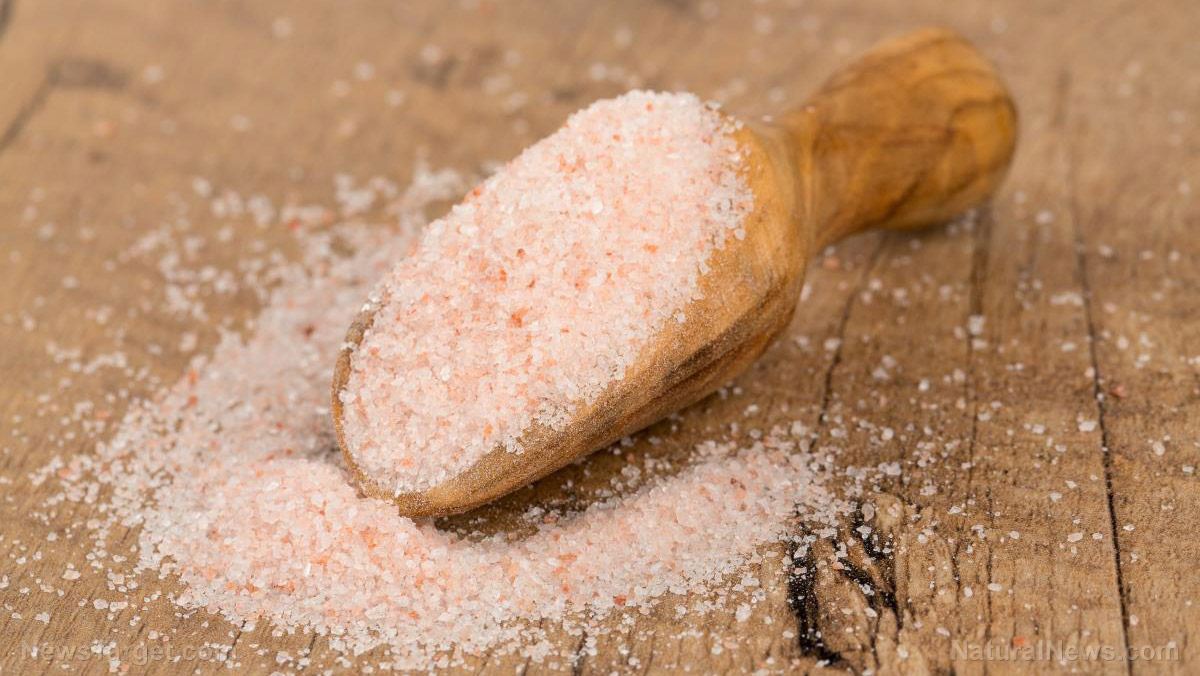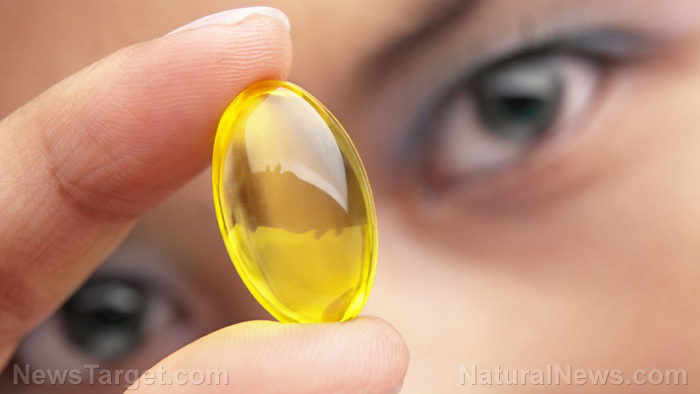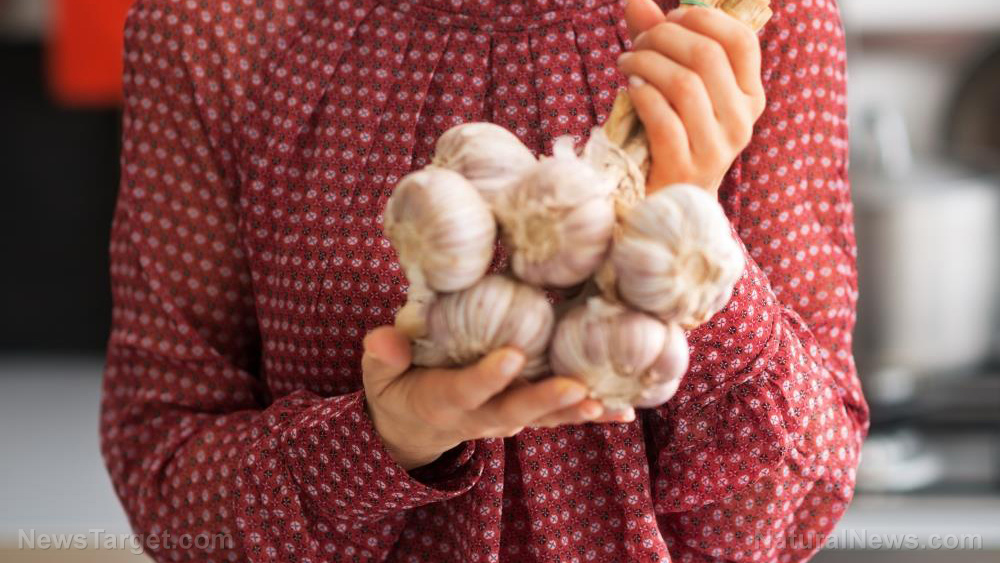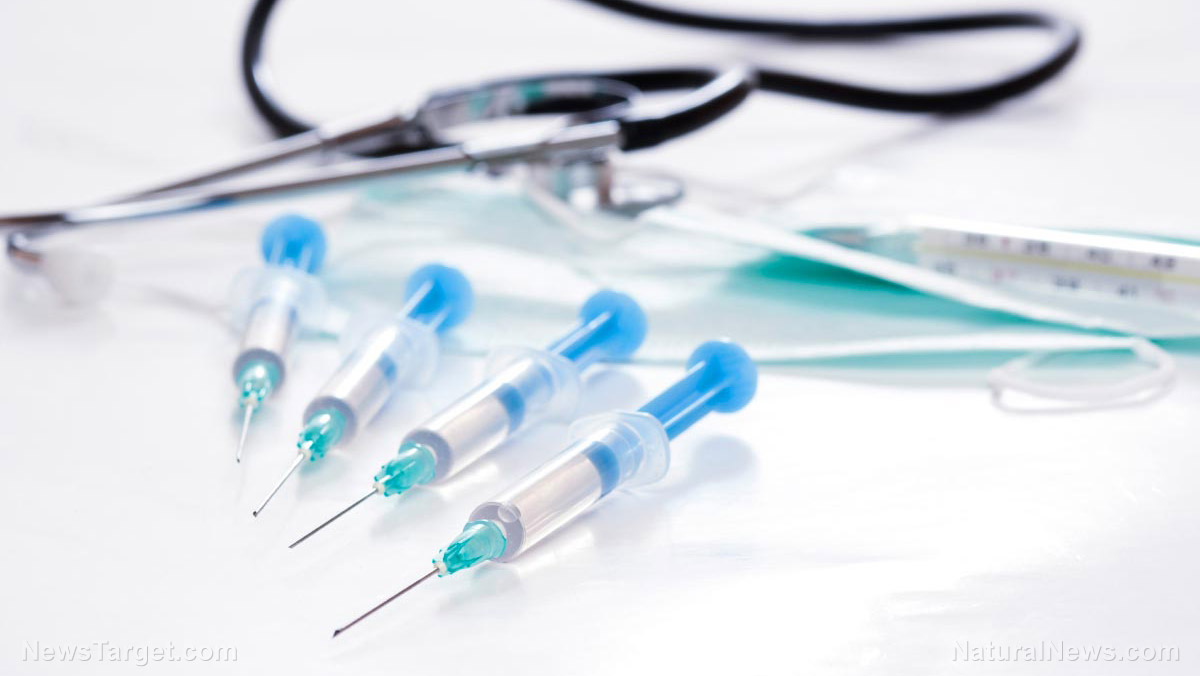6 Nutritious sources of plant protein for vegans and vegetarians
By dominguez // 2024-05-22
Tweet
Share
Copy
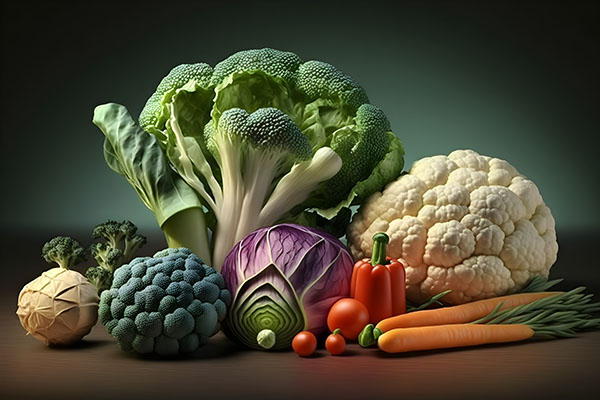
Protein is one of the macronutrients you need to get from your diet. Macronutrients are food components that your body needs in large amounts. Together with carbohydrates and fats, protein also serves as an energy source for your body, aside from fulfilling other important functions.
Proteins are made up of amino acids, which are needed for the growth and maintenance of cells and tissues. Proteins also provide structural support, act as catalysts of biochemical reactions and even serve as hormones and enzymes. Proteins are also important for building strong muscles.
Because the proteins in your body are continually being repaired or replaced depending on your needs, your dietary protein requirement changes throughout your life. For adults, experts recommend a daily protein intake of 0.83 grams (g) per kilogram (kg) body weight per day. (Related: Protein, water and more: 9 Ways to boost your metabolism and promote weight loss.)
Luckily, there are many foods in the human diet that can provide copious amounts of protein. Some of the most abundant protein sources are animal-based foods and products, such as whole eggs, poultry meat, cottage cheese, milk, fish and lean beef.
For people who follow non-restrictive diets, getting enough protein every day is very easy. But vegans and vegetarians also have nothing to worry about when it comes to meeting their daily protein needs, as there are plenty of plant-based sources of protein for them to choose from.
6 Nutritious plant protein sources for vegans and vegetarians
If you're on a plant-based diet and in search of abundant plant protein sources, here are six of the best high-protein vegetables you should consider adding to your diet: (h/t to MindBodyGreen.com)Lentils
Lentils are edible seeds that belong to the legume family. They are versatile culinary ingredients and can be easily added to a variety of recipes. Unlike other legumes, lentils don't require prior soaking in water because dehulling and cooking are enough to get rid of most of their antinutrient content. Aside from having high amounts of protein, lentils are chock-full of essential nutrients, making them a great addition to a healthy diet. A one-cup serving of cooked lentils provides a whooping 17.9 g of protein, 15.6 g of fiber and a wealth of micronutrients, such as:- Vitamin B1 (28 percent of the Daily Value, or DV)
- Vitamin B3 (13 percent of the DV)
- Vitamin B5 (25 percent of the DV)
- Vitamin B6 (21 percent of the DV)
- Vitamin B9 (90 percent of the DV)
- Copper (55 percent of the DV)
- Iron (37 percent of the DV)
- Magnesium (17 percent of the DV)
- Manganese (43 percent of the DV)
- Phosphorus (28 percent of the DV)
- Potassium (16 percent of the DV)
- Zinc (23 percent of the DV)
Kidney beans
Kidney beans are native to the Americas and come in a variety of sizes and colors. When cooking with kidney beans, make sure you soak them overnight to improve their overall texture, soften them up and reduce their antinutrient content. Antinutrients, if not removed, can interfere with nutrient absorption and may even cause stomach discomfort. According to data from the U.S. Department of Agriculture (USDA), a half-cup (90 g) serving of red kidney beans with no added fat or salt can provide 7.8 g of protein and 6.7 g of fiber. A 100-g serving also provides the following micronutrients:- Vitamin B1 (11 percent of the DV)
- Vitamin B6 (6 percent of the DV)
- Vitamin B9 (33 percent of the DV)
- Vitamin K (10 percent of the DV)
- Copper (11 percent of the DV)
- Iron (12 percent of the DV)
- Magnesium (10 percent of the DV)
- Manganese (22 percent of the DV)
- Phosphorus (14 percent of the DV)
- Potassium (12 percent of the DV)
Green peas
Despite their not-so-impressive size, green peas pack a hefty nutritional punch. Another legume to make it on this list, green peas are a great source of protein and fiber, both of which have been shown to promote satiety. This means that this superfood can help you avoid overeating and unhealthy snacking between meals, which is a good thing if you're trying to lose weight. (Related: Plant proteins found to help prevent Type 2 diabetes.) A one-cup (160 g) serving of cooked green peas can give you 8.6 g of protein and 8.8 g of fiber. Just half of that serving can provide the following micronutrients, according to data from the USDA:- Vitamin A (3.6 percent of the DV)
- Vitamin B1 (17 percent of the DV)
- Vitamin B9 (12.6 percent of the DV)
- Vitamin C (12.6 percent of the DV)
- Vitamin K (17 percent of the DV)
- Iron (6.8 percent of the DV)
- Manganese (18 percent of the DV)
- Phosphorus (7.5 percent of the DV)
Black beans
Sometimes called turtle beans, black beans are high-protein, high-fiber legumes that have been found to help lower blood pressure, support weight loss efforts, promote bowel regularity and even aid in blood sugar control. (Related: Researchers: Type 2 diabetes can be addressed with a low-carb diet paired with high protein and high unsaturated fats.) Black beans are usually soaked in water overnight before cooking. A one-cup (172 g) serving of boiled, unsalted black beans can give you 15 g of protein and 15 g of fiber. The same serving also provides the following micronutrients:- Vitamin B1 (35 percent of the DV)
- Vitamin B6 (7 percent of the DV)
- Vitamin B9 (64 percent of the DV)
- Calcium (2 percent of the DV)
- Copper (40 percent of the DV)
- Iron (20 percent of the DV)
- Magnesium (29 percent of the DV)
- Manganese (33 percent of the DV)
- Phosphorus (19 percent of the DV)
- Potassium (13 percent of the DV)
- Selenium (2 percent of the DV)
Edamame
Often encountered as a side dish in Japanese cuisine, edamame refers to immature soybeans that are still in the pod. Low in carbohydrates and calories and naturally gluten-free, edamame can be added to salads, soups, stews, rice dishes and casseroles. Edamame is a complete protein, meaning it contains all nine essential amino acids your body needs but can't produce on its own. It is also a good source of the omega-3, alpha-linolenic acid, and isoflavones, which are compounds that mimic estrogen and are said to be useful for alleviating menopausal symptoms. (Related: Plant protein found to reduce reproductive health problems in women.) A one-cup (160 g) serving of hulled edamame provides 33 percent of the your daily protein needs and about eight grams of fiber. You can also get the following nutrients from the same serving of edamame:- Vitamin B9 (120 percent of the DV)
- Vitamin C (almost 10 percent of the DV)
- Vitamin K (34 percent of the DV)
- Calcium (nearly 10 percent of the DV)
- Iron (almost 20 percent of the DV)
Spinach
Although not as rich in protein as the legumes on this list, spinach still deserves the mention because it contains considerably more protein than other non-starchy vegetables. One of the most nutrient-dense leafy greens on the planet, spinach is also a great source of potassium, which helps lower blood pressure, and antioxidants like vitamin C and beta-carotene, which can help neutralize free radicals and protect against oxidative stress. A one-cup serving of cooked spinach provides 5.35 g of protein – a whooping 260 percent more than a cup of cooked zucchini. Meanwhile, a 100-g serving of raw spinach provides the following micronutrients:- Vitamin A (52 percent of the DV)
- Vitamin B2 (15 percent of the DV)
- Vitamin B6 (11 percent of the DV)
- Vitamin B9 (49 percent of the DV)
- Vitamin C (31 percent of the DV)
- Vitamin E (14 percent of the DV)
- Vitamin K (402 percent of the DV)
- Copper (14 percent of the DV)
- Iron (15 percent of the DV)
- Magnesium (19 percent of the DV)
- Manganese (39 percent of the DV)
- Potassium (12 percent of the DV)
More related stories:
Put some protein in your smoothie with these 5 vegetables. Looking for protein-rich vegetables? Here are 10 of the best. Looking for plant-based protein? Here are 14 foods that are packed with it. Protein Anxiety – Do YOU have it?. FrankenMeats are here: Soybeans are being genetically engineered to grow pig protein. Sources include: BHF.org.uk EUFIC.org NCBI.NLM.NIH.gov Healthline.com 1 MindBodyGreen.com Healthline.com 2 TimesOfIndia.IndiaTimes.com VeryWellFit.com BBCGoodFood.com ScienceDirect.com FDA.NAL.USDA.gov MedicalNewsToday.com 1 Healthline.com 3 VeryWellHealth.com MedicalNewsToday.com 2 Health.ClevelandClinic.org Brighteon.comTweet
Share
Copy
Tagged Under:
nutrition nutrients vegetarian vegan natural health vegetables diet spinach lentils food science legumes organics plant-based diet beans peas veggie goodhealth goodfood natural ingredients edamame plant protein
You Might Also Like
Prepping guide: Salting meat for long-term preservation
By HRS Editors // Share
Food storage tips: How to dehydrate honey
By Evangelyn Rodriguez // Share
Study reveals B VITAMINS may reduce glaucoma risk
By Olivia Cook // Share
Top five natural antiviral agents
By News Editors // Share
WHO Pandemic Treaty DIES, IHR amendments all but neutralized
By Ethan Huff // Share
Recent News
Iran conducts surprise missile drills amid rising tensions with Israel
By kevinhughes // Share
Kremlin denies reports of plans to "restore Soviet influence"
By bellecarter // Share
How AI news bots are quietly reshaping public opinion
By avagrace // Share
The Unshackled Physician: A surgeon's awakening to medical tyranny
By ramontomeydw // Share
